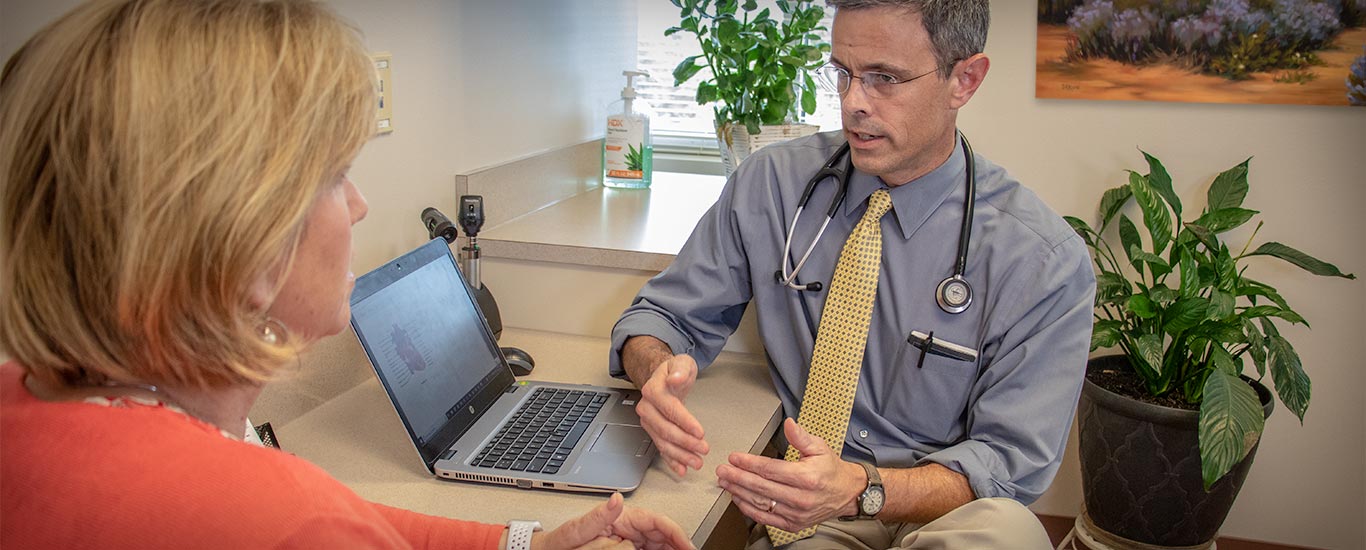Video Series: Testosterone #2: Testing
Edited transcript
In our first video, we talked about the basic biology of testosterone. If you haven’t looked at that video, go back and check it out. Today, we’re going to talk about symptoms, testing, and diagnosis.
Symptoms of low testosterone
The first couple of symptoms, the most self-evident symptoms are things like low libido, just not interested and difficulty with erections. Those are really characteristic symptoms of low testosterone. In addition, things like lower energy, lower vigor can be part of low testosterone. If the low testosterone sticks around long enough, you can start to lose muscle mass. In the same way that it can take a while to build muscle mass up with exercise, it can take a while for the muscle mass to fade away, but if the testosterone stays low long enough that’ll happen.
Rare symptoms of low testosterone
If there’s a rapid drop-off in testosterone, guys can actually get hot flashes. You tend to see that in guys who will start testosterone blocking medications in the context of treating prostate cancer. It tends to be more rare you’ll see that, but it can happen. Similarly, if testosterone levels are low enough and low long enough, you can develop what’s called gynecomastia, the development of breast tissue in men, because of the dysregulation of androgens and estrogens. So those are the symptoms of low testosterone.
When should you test for low testosterone?
Well, if you have symptoms that are characteristic, you probably ought to go testing for that if a guy has difficulty with erections, lack of libido. If a guy has gynecomastia, now it’s less clear. Should we go looking at testosterone levels? Guys who have symptoms that are kind of not the center of the bullseye but are maybe some of the peripheral symptoms, like reduced energy, for example. You know the problem is there are a hundred and one reasons that your energy can be lower so should we go testing testosterone of lower energy? It’s kind of controversial. That is, it’s less clear on ones like that, but the clear ones are things like erectile dysfunction and low libido and low bone mass or gynecomastia, for example.
OK, so that triggers the check. Then how do you do the checking? How do you make the diagnosis?
The diagnosis takes two separate things: first is symptoms or in the case of low bone mass, signs that are consistent with low testosterone, and then second is laboratory evidence of low testosterone. You have to check the blood levels.
Testing testosterone levels
I don’t want to get too deep into the weeds on this with the technical details of measuring testosterone. A couple of thoughts: one is that there’s a natural set cyclic rise and fall of testosterone with a circadian rhythm. The natural high level of our highest level of testosterone is around 8 o’clock in the morning. You want to check the level around 8 o’clock or so in the morning. The second thing is because there can be variation from one day to the next or influences on testosterone levels from other things, like are you sick with something else, are you really stressed out, or whatever. You want to confirm a low reading. You don’t want to make a diagnosis just based on a single reading of low testosterone.
Look for the cause of low testosterone
If the level is really low, you might want to go digging for an underlying explanation rather than just say, “Oh, you’re just low, there’s some testosterone supplements.” A little extra contemplation of the of the cause is often in order.
We talked about symptoms, talked about those symptoms and signs triggering a test, and then with the test, making sure you go about it correctly and get that pairing of symptoms and measured low testosterone levels to correctly make the diagnosis.
Stick around for the third episode which will come out next time, and we’ll talk some about treatment with supplementation.
For Sentinel Primary Care, I’m Dr. O’Connell [Music]


